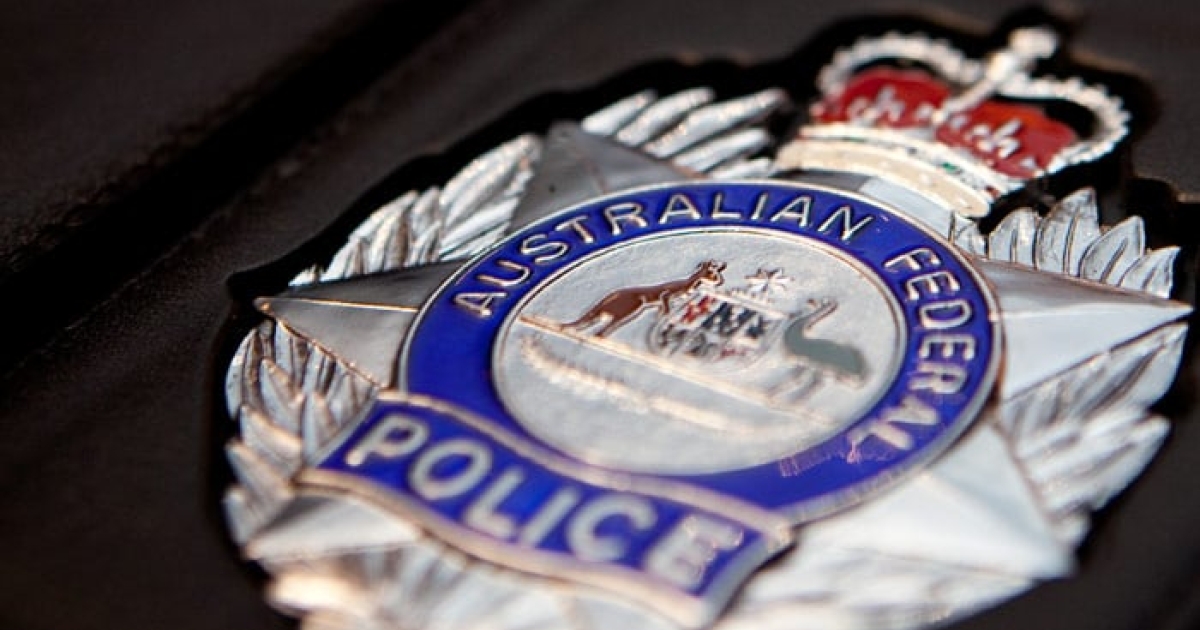In a new book, NYU historian Nicole Eustace explores a revealing clash of cultures in the wake of a colonial era killing.

A passage from the Great Treaty of 1722–the oldest continuously recognized Indigenous treaty in Anglo-American law. Unknown author, public domain, via Wikimedia Commons
After a drunken night of bargaining beside a winter campfire in the woods near the Susquehanna River, two brothers named John and Edmund Cartlidge would assault a Seneca man named Sawantaeny and leave him for dead. Rival investigations by Indian leaders…and colonial officials…resulted in fierce debates about the nature of true justice.
And so the reader is introduced to an 18th-century criminal case by NYU history professor Nicole Eustace in her new book, Covered with Night: A Story of Murder and Indigenous Justice in Early America (Liveright).
In her vivid recounting of the 1722 killing of the Indigenous hunter by two white fur traders in Conestoga, Pa., Eustace shows how the incident resulted in criminal investigations, cross-cultural negotiations, and a clash of justice systems on the continent-one with continued resonance today, as U.S. advocates and policy makers debate various types of potential criminal justice reform.
These calls for change have frequently been couched as a break from the United States’ criminal justice system-one that dates back to the colonies and centers on “individual responsibility and then retributive justice and punishment against the individual,” Eustace notes.
However, that analysis, Eustace observes, overlooks alternative forms of justice that were deployed in the colonial period by Native American communities-and that were eventually discarded by the new nation, which opted for the Anglo-European model we’re familiar with today.
In contrast to Anglo-European forms of justice, which center on individual responsibility and then retributive justice and punishment against the offender, Indigenous peoples saw crimes, even the most heinous ones, as breaks in “community relationships that needed to be repaired and that needed to be repaired over time-it’s not one and done,” Eustace explains. “There needed to be acknowledgment of the wrong done. There needed to be sympathizing with the victims of a crime, including members of the wider community. Reparations needed to be paid and then there needed to be reparative rituals of bringing people back together.”

Our current attitudes toward crime and punishment, she argues, owe much to the centuries-old English system of retributive justice. “This 300-year-old case allows us to bring to life in a very three-dimensional way what it looks like if you take this other kind of approach,” Eustace says.
At the time, resolving the clash between cultures was anything but simple, ultimately requiring “a region-wide treaty conference, including the governors of three colonies and the leaders of over a dozen Native nations,” Eustace writes. “The Great Treaty of 1722, signed in Albany, New York, in September of that year, brought the case to a close.”
The document is now the oldest continuously recognized Indigenous treaty in Anglo-American law-but for reasons that have nothing to do with 1722 crime.
“It has stayed on the books for three hundred years for the simple reason that it recorded new land cessions made by the Five Nations in western Pennsylvania and New York, providing part of the legal underpinning for those colonies’ territorial claims and later for the sovereign rights of the United States,” Eustace writes.
This explains why Anglo-Americans chose to preserve the treaty. But today we can find more in it than they intended to pass down because it also recorded the Five Nations’ request to the colonists for the liberation of the two killers-John and Edmund Cartlidge. In effect, the treaty permanently documented a manifestation of Native American justice.
NYU News spoke with Eustace about how this little-known crime and its aftermath can still be instructive today.
Criminal justice has been the subject of debate and controversy in the U.S. since its founding. Was this handling of this 18th-century, colonial killing controversial as well?
Yes, because what you see through this case is a real debate-a back-and-forth between two very different worldviews about what to do when there is a rupture, created by violence, in the fabric of social relationships. Everyone could agree that these two murderers were people who had committed a grave offense. However, under the Indigenous justice system, they did not lose their value as human beings after committing this horrific crime. According to Native protocols, they had to make amends through a series of ritual actions designed to create emotional and economic redress. If they did so to everyone’s satisfaction, they could then count on being welcomed back into society to continue playing roles as fur traders, as interpreters, and as go-betweens within their own community and across communities. However, according to the Anglo-American legal system, they deserved to be treated simply as criminals in need of punishment. When the killers attempted to make amends, the colonists saw them as attempting to subvert justice, to have a sham trial to exonerate themselves, and to buy people off or buying their way out.
The U.S., as a new nation, adopted Anglo-European forms of justice, but are there ways that Indigenous justice lives on today?
Yes, we can look to Scandinavian countries and other nations that are taking a less punitive approach to justice. And there are modern-day efforts in the U.S. to reduce incarceration rates and to reduce capital punishment-Virginia recently abolished the death penalty; cash bail is being eliminated in many places; mandatory minimum sentences guidelines are being reformed. There are even reparative justice projects that seek to create dialog, forgiveness, and catharsis for both the victims and the perpetrators of crimes.
Overall, drawing on Indigenous forms of justice means that a person who commits a crime is going to be encouraged to take responsibility, offer remorse, and engage in service or other acts of repair, but not face the attitude that their human worth has been erased. So this can mean creating transitional programs that offer housing support, job training, and other basic kinds of care upon release from prison. It’s about making amends and then it’s about being reintegrated and not losing your value as a member of society after committing a crime. Native American justice is still a seed that could, even after all of this time, be made to blossom. It was a road not taken in America, but it’s still there.
You write that “The Great Treaty of 1722,” which remains in effect nearly 300 years later, reflects “balanced values of pluralism and communalism”-values that are “a part of our national heritage,” but, at the same time, “ripe for reclamation.” What could reclaiming them look like?
I’m a historian, not a policy maker, but it seems like it’s high time that we get away from a notion of crime as a sort of moral failing of the individual and start looking at it as a sign that things have gotten off balance in the community. Native American societies of the Northeastern woodlands, including a variety of Algonquian and Iroquoian nations, have long been recognized for the ways that they value all members of their communities, not just the select few. Today, when childhood learning disabilities are one of the biggest predictors of adult criminal convictions, that’s a sign that our education system is failing children. When people can gain lasting criminal records, which make applying for housing and employment difficult to impossible, just because they’ve stolen basic necessities like food and diapers, that’s a sign that our community is not valuing all its members. From farm policy to mortgage policies, Black people, Indigenous people, and people of color generally have been systematically dispossessed in this country, and as the activist Winona LaDuke puts it, “the only compensation for land is land.” Still, if we can seriously commit ourselves to strengthening our communities and supporting all our children, we will start to see truly transformational improvements in all our lives.
Historians examine documents and other materials to record and illuminate the past in ways that are instructive to later generations. And they do so with great care and tireless attention to detail-your book, for example, includes 80 pages of notes and references. However, today, we see the recounting of events marred by lies-from “Antifa was behind the Capitol Hill insurrection” to “The 2020 presidential election was stolen.” Have there been previous periods in which history was in danger of being falsely rewritten?
I think it’s pretty fair to say that history has always been falsely rewritten in some sense and that what we saw around the 2020 election was just the apotheosis of centuries of distortion. There’s a West African proverb that has been circulating a lot recently: “Until the lion tells the story, the hunter will always be the hero.” American history has long been written in a heroic vein that exalted elite white male leaders over everyone else. Only now are the lions really beginning to roar. We’re seeing things like the New York Times’ 1619 project bringing critical perspectives to popular audiences and that’s generating a backlash. Taking criticism is hard and so the question is how can you reach people with a revised and more realistic view of history? What I try to do in this book is to tell a story in the round of real human beings. In this, I’ve been very much inspired by the approach of the novelist Imbolo Mbue, who has talked about how hard she works to portray her characters’ deep human flaws while respecting their humanity. With Covered with Night, the case I look at is not abstract. We know who the Native Americans were who commented on the crime and who tried to school settler colonists in Indigenous perspectives on justice. We know who their colonial counterparts were and we can see how the colonists’ world view blinded them to the value of Native people’s teachings. I wanted to elevate the perspectives of Indigenous people, to trace the ideas of specific thinkers in real-time situations. And I hope that by telling a multi-perspectival story I can give readers themselves an opportunity to consider new points of view.








